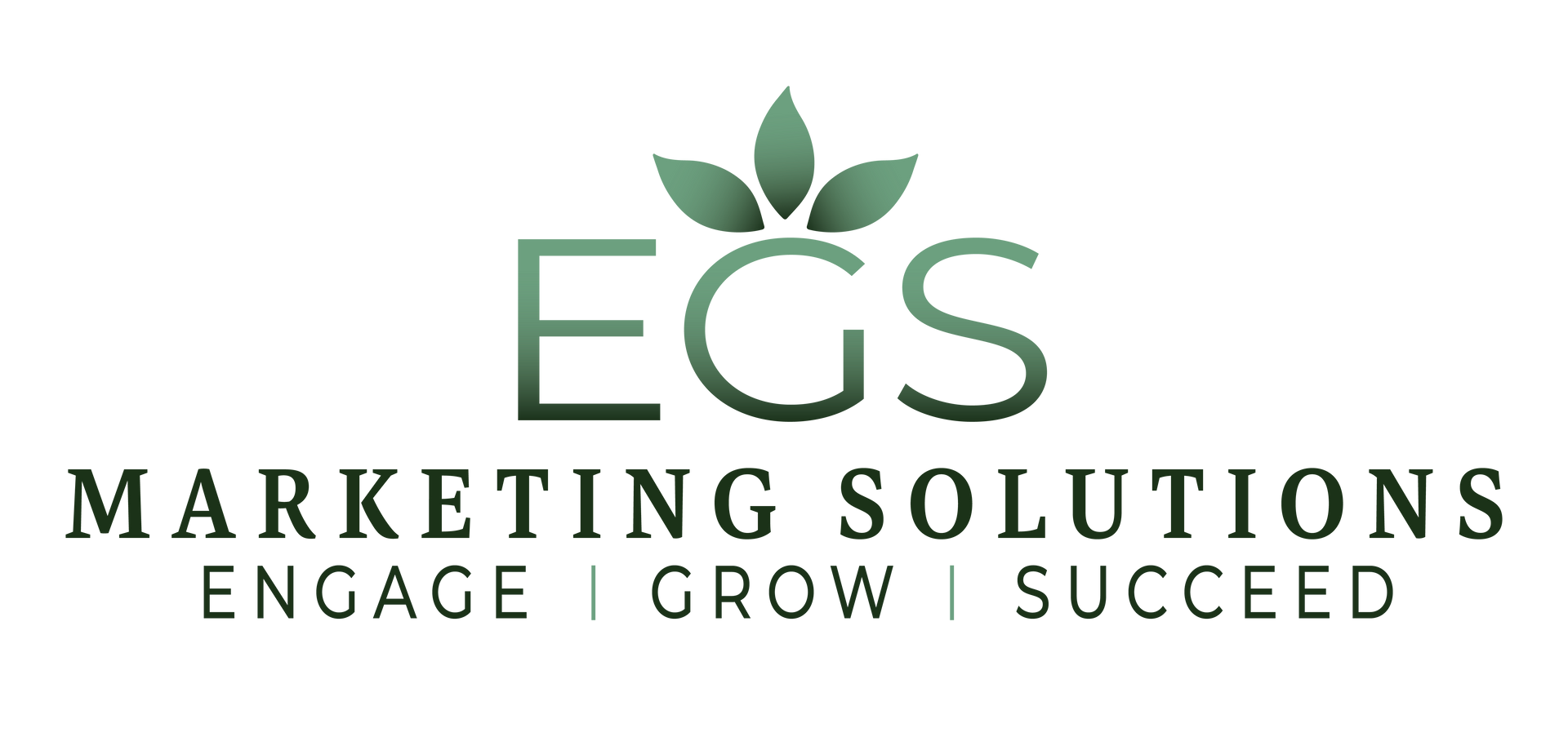How To Leverage Social Media Marketing For Your DPC Practice
Key Takeaways
- Social media is a powerful tool for DPC practices to build brand awareness, engage with patients, and drive leads.
- Success comes from strategy—knowing your audience, sharing valuable content, and engaging consistently.
- The 5Ps of marketing (Product, Price, Place, Promotion, People) apply to healthcare services and should guide marketing efforts.
- Each platform serves a different purpose, so use the best combination to engage and interact with your audience.
- Consistent engagement and responsive communication help build trust and convert social media followers into loyal patients.
Social media has transformed the way businesses connect with their audience, and Direct Primary Care (DPC) practices are no exception. Direct Primary Care practices are becoming more and more present within communities, without visibility, they can easily be overlooked.
With billions of users across platforms like Facebook, Instagram, LinkedIn, and Tik Tok, social media provides an unprecedented opportunity to drive leads, enhance brand awareness, and engage with both current and potential patients.
Unlike traditional marketing methods, social media enables Direct Primary Care providers to communicate directly with their audience in real time, answer questions, provide valuable health insights, and showcase their unique services, and give a little bit of a glimpse into who’s behind the business.
Without further ado, here are 7 ways to use social media marketing effectively for your DPC practice.
1. Identify Your Target Audience
Before you start marketing your DPC practice and services on social media, you need to know exactly who you’re speaking to, where they’re spending their time online, and what their biggest healthcare frustrations are. Without this clarification, your content will be generic, out-of-touch, and won’t engage them at the level you need them to.
Remember, you are marketing your practice to real people. People who have been burned by the traditional healthcare system. People who have waited weeks for appointments, only to spend five rushed minutes with a doctor who barely looks up from their screen. These are people who are tired of being treated like just another number in a deeply flawed system.
So, the first order of business is to find out which digital spaces they spend their time on:
Facebook Groups
This is where people vent about healthcare frustrations and search for alternative solutions. Some groups to look into:
- Healthcare insurance alternatives
- Freelancers and self-employed support groups
- Mom groups discussing pediatric care
- Chronic disease support communities
- DPC advocacy groups
Reddit (r/HealthInsurance, r/AskDocs, etc.)
People come to these communities a lot to ask for advice on navigating healthcare costs and vent about the flawed system. The conversations are raw and often brutally honest. It gives you an unfiltered look at what your potential patients are experiencing.
X / Twitter
Healthcare horror stories go viral on these platforms all the time. Patients post about long wait times and rushed appointments, high medical bills, dismissive doctors, or struggles to find affordable healthcare.
Understanding your target audience is the foundation of effective social media marketing. When you know who they are, where they spend their time, and what frustrates them most about healthcare, you can create content that speaks directly to their needs, wants, and desires.
LinkedIn, often associated with job searching and professional networking, presents a unique and powerful marketing opportunity for Direct Primary Care (DPC) practices.
It's a platform where DPC practices can connect with key decision-makers, build brand authority, and ultimately, grow their membership base. Its strength lies in its ability to target specific professional demographics, making it particularly valuable for reaching employers and sharing industry insights.
2. Figure Out the Kind of Content That Attracts Your Target Audience
Before you start promoting your Direct Primary Care (DPC) practice on social media, you need to understand what social media is actually for.
People don’t open Facebook, Instagram, TikTok, or Twitter/X because they’re looking to be sold something. They’re there to connect, engage, and consume content that resonates with them emotionally. If you try to sell your services blindly—without first understanding their pain points—you’ll be ignored.
Think about your own habits. Have you ever stopped scrolling to watch a random ad?
Probably not.
In fact, you might have even
skipped
that ad.
But what about a heartfelt story, a relatable frustration, or a post that made you feel understood? Those are the moments that capture attention. If you want people to care about your practice, you need to create the kind of content that makes them stop scrolling. Ask yourself:
What kind of posts have made you pause on social media?- What types of content make you feel something, whether that’s frustration, relief, inspiration, or curiosity?
- What stories, reels, or tweets have you shared with someone because they’re relatable?
At the end of the day, your audience doesn’t care about generic posts or one-size-fits-all messaging. They care about how your practice can solve their problems, make their lives easier, and give them the healthcare experience they actually deserve.
3. Create Posts That Resonate
Once you’ve listened to your audience and understand their frustrations, use that insight to shape your messaging. Instead of just uploading posts marketing your services, create content that speaks to their real experiences:
Here are some ideas:
- Storytelling posts: Share real-life patient stories (with permission) that showcase how DPC improved their healthcare experience. Make it personal. Make it real.
- Cost comparisons: Show how DPC saves money compared to traditional insurance. Break it down with real numbers so it’s easy to understand.
- Post reels and put yourself on camera: People connect with real people, not stock footage. Keep videos short, engaging, and straight to the point. Hook viewers in the first few seconds. Use headlines and catchy openers like:
- “If you’ve ever waited weeks just to see a doctor for 5 minutes… this is for you.” (Instantly relatable)
- “What if I told you that you could text your doctor anytime?”(Highlights the convenience of DPC)
- “Did you know you DON’T always need insurance to see a doctor?” (Then explain DPC in 60 seconds or less.)
Of course, you also have to set realistic expectations about what your target audience will get from DPC. You don’t want to mislead them. In that case, also focus on creating informational content that tells your audience what DPC does and does not cover.
Always keep your content honest, educational, and engaging.
4. Share Your Posts When Your Audience is Most Active
Timing is everything. If you want your content to reach the most people, post when they’re actually online and scrolling.
Best Times to Post:
- 8 am: People are getting ready for work or commuting and are likely scrolling on their phones.
- 12-1 pm: Lunch break—a prime time for quick social media check-ins.
- 7 pm onwards: People are home, unwinding, and catching up on their feeds.
Worst Times:
- Friday nights: People are out, making plans, or disconnecting for the weekend.
- Super late nights: Unless your audience consists of night owls, most people aren’t actively engaging after midnight.
Consider the Platform Too:
- Twitter & Reddit: People treat these two platforms as the morning paper. They check these, first thing in the morning while drinking coffee.
- Instagram & Facebook: Great for lunchtime and after-work browsing.
- TikTok: People treat TikTok like their bedtime stories, scrolling endlessly after dinner or before bed for entertainment and relaxation.
5. Don’t Forget Your Hashtags!
Hashtags will help people see your account and can drive organic traffic to your page! It will get put into the algorithm for your target audience.
That said, you don’t want to overload your post with hashtags—too many can clutter your caption and make your content feel spammy. You also don’t want hashtags that are so long they take up more space than your actual message.
Aim for a good mix of 3-5 relevant hashtags. There’s no hard and fast rule, but a balanced approach works best.
Always, always double-check your post before hitting publish. Make sure your hashtags are relevant, spelled correctly, and aren’t accidentally tied to unrelated or inappropriate trends.
Be intentional with your hashtags.
6. Take Advantage of "Boost" and "Promote" Features on Meta & TikTok
If you have the budget, using Boost (Facebook & Instagram) or Promote (TikTok) can help expand your reach beyond just your followers. These features let you turn an existing post into a paid ad and target people who are most likely to engage with your content.
To learn more about using the “Boost” feature on Facebook and Instagram as well as the “Promote” feature on TikTok, here are some helpful resources:
Facebook & Instagram
- Promote your business from your Facebook Page
- How to boost a post from your Facebook page
- How to boost an Instagram post
TikTok
7. Talk to Your Audience
Oftentimes businesses think just having a page is enough. Your follower count, content impressions, how actively you share within your community, the insights you provide into your business operations, and how responsively you engage with your audience all matter in your social media reach.
Consistency is key, we suggest developing a content calendar to ensure regular posting and engagement. Responding to comments and messages promptly helps build relationships and fosters trust, turning social media followers into loyal patients.
Which Social Media Platform Is Best for Healthcare / DPC Marketing?
Each social media platform offers unique advantages for DPC practices, allowing them to engage with their audience in different ways:
- Facebook: Ideal for community engagement, patient testimonials, and educational content. It also offers robust advertising options, including targeted ads that can reach specific demographics, helping to increase patient sign-ups.
- Instagram: Great for visually appealing content, such as health tips, clinic updates, and patient success stories. With features like Instagram Stories, Reels, and IGTV, practices can showcase behind-the-scenes content, share quick healthcare tips, and highlight patient experiences in a compelling format.
- LinkedIn: Best for professional networking and connecting with local businesses for employer-sponsored DPC plans. Practices can share thought leadership articles, case studies, and industry insights while networking with potential business partners.
- X / Twitter: Useful for quick updates, industry news, and engaging with healthcare discussions. Twitter’s fast-paced nature makes it perfect for sharing real-time health alerts, answering patient queries, and participating in relevant medical conversations.
- YouTube: Effective for in-depth educational videos, physician introductions, and patient testimonials. Long-form content allows DPC practices to establish credibility by offering expert advice, wellness guides, and explanations of their services in a format that builds trust and engagement.
- TikTok:
TikTok has become quite a popular platform for all types of businesses and demographics. Its short videos capture attention while the many different templates create attraction and engagement that is appealing not only to the eye but the attention span.
- Reddit: A valuable platform for engaging in authentic discussions and answering healthcare-related questions. Subreddits like r/HealthInsurance, r/AskDocs, and r/Frugal are filled with people. You don’t have to join subreddits where people directly talk about healthcare or DPC. Look for adjacent discussions where it makes sense to introduce the concept.
There’s no single “best” social media platform for marketing your DPC practice—it all depends on your strengths, your capacity, and where you can create the most impact.
The goal is to maximize your reach while working within your limitations and choosing platforms that align with your goals.
For example, if you want to go viral quickly and get organic reach, TikTok is a great choice because of how easily short-form videos gain traction.
For more in-depth, serious discussions, Reddit allows you to engage in long-form conversations and strategically introduce DPC where it makes sense.
If you're looking to market to businesses or employers, LinkedIn and Facebook Groups offer opportunities to connect with decision-makers interested in offering DPC as an employee benefit.
Why Marketing on Social Media Is Important for DPC Practices
Marketing and building a brand for your DPC practice on social media isn’t just about getting visibility. You also need to build trust, educate, and create real connections among your target audience.
In healthcare where transparency and accessibility matter, having a strong social media presence can help you reach the right audience while reinforcing your mission of patient-centered care.
Partner with EGS Marketing Solutions to Grow Your DPC Practice Today
EGS Marketing Solutions specializes in helping DPC practices craft impactful social media strategies that drive engagement and growth. Whether through organic content, paid ads, or audience targeting, we provide the tools to make your practice stand out.
Want to grow your membership and put your practice in front of more patients?
Book a consultation with us and find out how we can tailor the right marketing strategy for your needs.
FAQ
What is the most important thing you will do to start leveraging social media marketing?
The most important step in leveraging social media marketing is to develop a clear strategy. This includes identifying your target audience, setting measurable goals, and creating engaging, valuable content that resonates with potential patients. Establishing a consistent posting schedule and interacting with followers regularly will also help build trust and engagement.
How can social media engage the community?
Social media engages the community by fostering direct interactions between healthcare providers and patients. Posting informative health tips, sharing success stories, hosting live Q&A sessions, and responding to comments help build relationships. Running polls, asking for feedback, and promoting local health events also encourage active participation from your audience.
How do you leverage user-generated content on social media?
How do you leverage user-generated content on social media?


All Rights Reserved | EGS Marketing Solutions
All Rights Reserved | Amplify DPC Marketing









